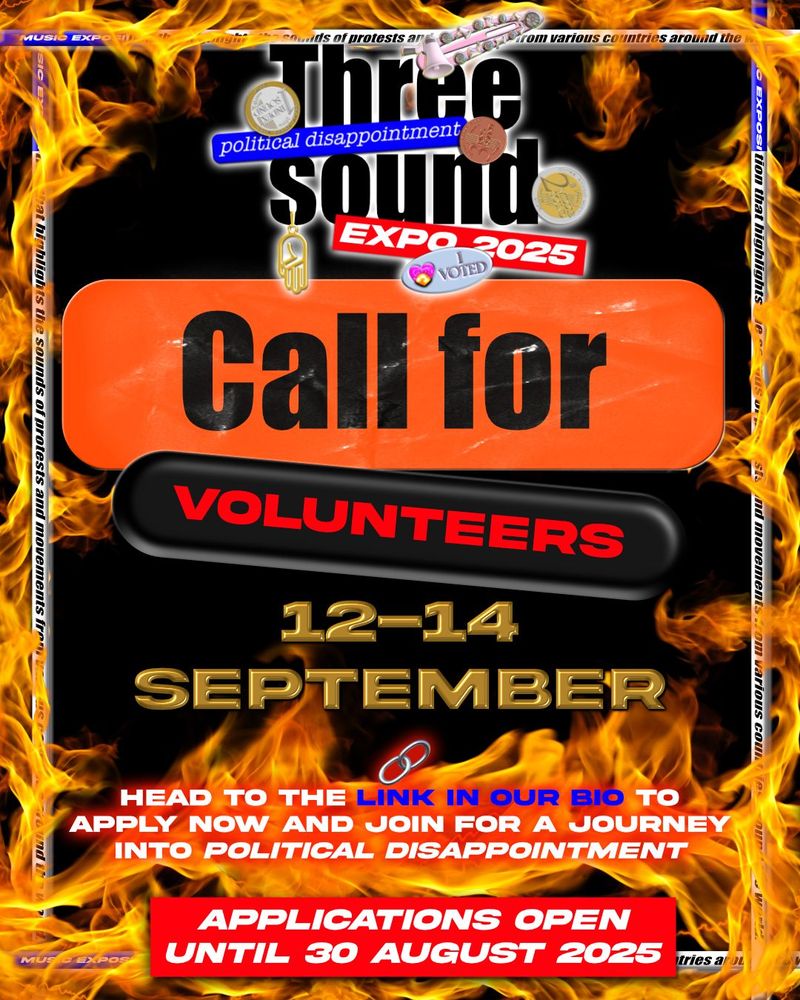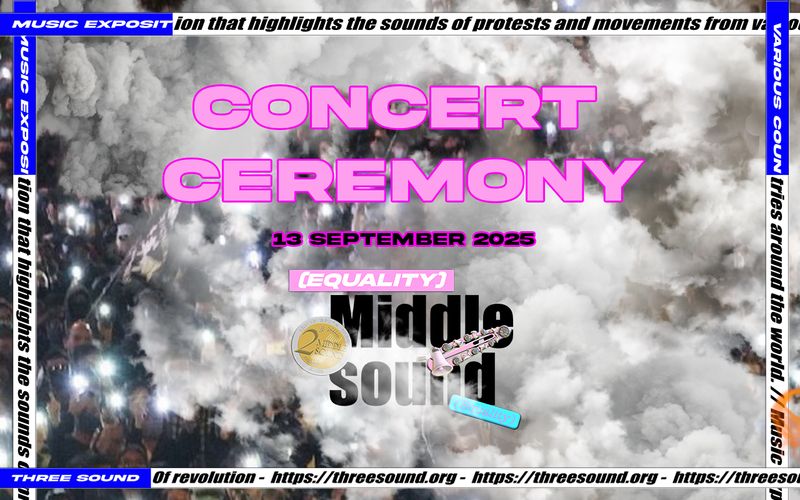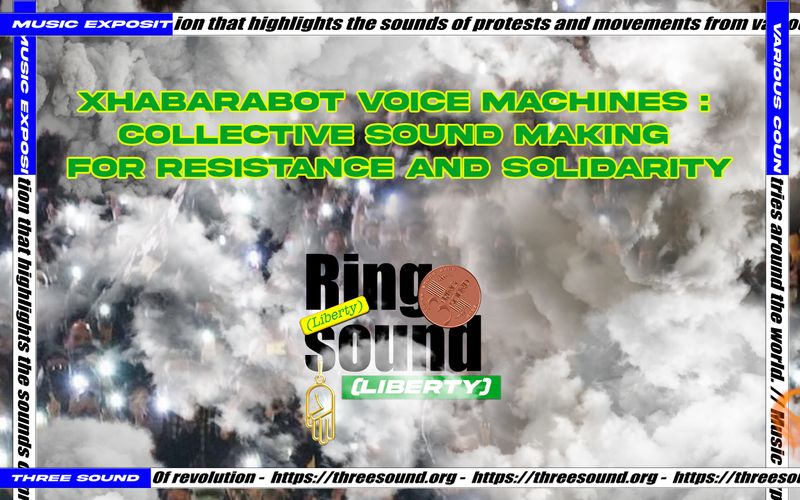Threesound Expo2025: Political Disappointment
Music and sound has long been integral to social movements and revolutions, serving as a tool for collective memory and resistance against power and injustice. Protest songs, whether newly composed or adapted from existing works, foster unity and participation by resonating with popular consciousness. These songs are pivotal in galvanizing support, creating a sense of shared identity, and facilitating broad engagement within movements. While protest songs typically challenge current authority, revolutionary songs explicitly call for systemic upheaval, often serving both as morale boosters and vehicles for political messaging.
The relationship between protest and revolutionary songs lies in their shared opposition to entrenched power structures and the status quo, aiming to inspire societal transformation. Many protest songs become revolutionary anthems following successful movements, though, paradoxically, some may later be deemed counter-revolutionary when political power shifts.
The Three Sound of Revolution project consists of three parts, inspired by the three-finger salute in Thailand, and focuses on SOLIDARITY, EQUALITY, and LIBERTY. This project highlights how music plays a key role in bringing people together for change and emphasizes the importance of creating music that speaks to different groups and social movements.
Threesound Expo 2025 is part of the Three Sound of Revolution project, held biennially. This inaugural event will feature music performances, sound art, and sound-related activities focused on protests and revolutions from around the world. The expo aims to create a space for exchanging ideas about history, conflicts, and political change, offering diverse perspectives from both the past and present. It seeks to foster understanding of the variety of human experiences worldwide.
The theme for 2025 is Political Disappointment. While politics is undeniably important and permeates every aspect of daily life, understanding politics requires energy, a willingness to learn history, and engaging in dialogue with people holding diverse viewpoints. This process demands significant effort, especially when political systems face crises involving injustice, economics, wars, and more. In such times, people who seek change come together in protests and strikes. However, change doesn’t always succeed, and in many cases, it leaves behind scars, conflicts, and shattered ideals, leading to a sense of Political Disappointment.
This disappointment creates social rifts not only between people with differing political views but even among those who share common goals. Political Disappointment can be a key factor in societal collapse and the loss of hope for a better future.
Especially in developing countries in the Eastern world, where people still struggle for basic needs and life opportunities, the competition to seize these opportunities can easily lead to conflict. Even when the fight is aimed at achieving collective justice, the political ideologies and approaches to realizing this justice are often polar opposites. The resulting fractures have led to intervention and control of the situation by authoritarian groups, resulting in divisions that bring about disappointment, or even a sense of political hopelessness. As the Western world faces political crises, extreme conservative factions have risen to prominence. In contrast, those advocating for justice often clash among themselves, sometimes over mere differences in expression, shaped by the diverse circumstances of their lives. This division has caused many to be cast aside from the broader political struggle.












